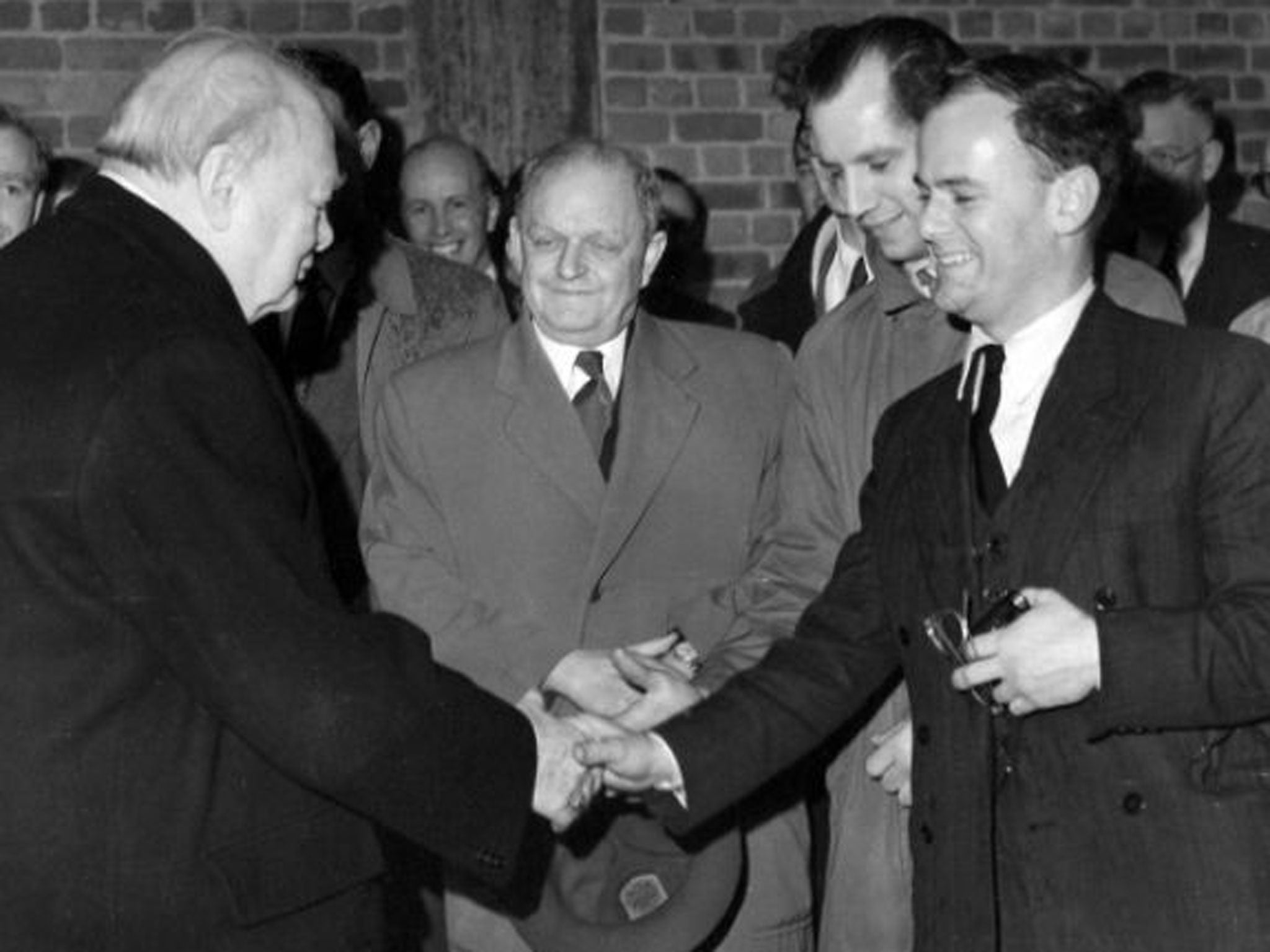Yon Mayhew: Scientist who co-wrote the seminal text on engineering thermodynamics and was hailed as an inspirational teacher

Yon Mayhew was the author, with his colleague Gordon Rogers, of the bestselling textbook Engineering Thermodynamics, Work and Heat Transfer. Published in 1957, it quickly became known as “Rogers and Mayhew”, and has gone on to sell more than a million copies, remarkable for a university text in a specialist subject. It remains the standard text on university engineering courses, and most practising mechanical engineers will have a copy on their shelves.
To accompany the book, tables containing the thermodynamic properties of fluids were produced in an easy-to-use format. These have a strong bias to water and although entitled “Thermodynamic and Transport Properties of Fluids” are generally referred to as “the steam tables”. The tables have outsold the book many times over. Thermodynamics is inherently a difficult subject, but “Rogers and Mayhew” not only makes it accessible, but has provided several generations of engineers with sound foundations and understanding in the subject.
The book came about when, as a young lecturer, Mayhew was told to teach thermal aspects of engines and found that the available undergraduate texts in the area were inadequate. He and Rogers decided that they could produce something better. They carefully and logically structured the presentation of the subject to make it easier to teach. Starting with simple conservation of energy (the First Law of Thermodynamics) they unteased the relationship between forms of energy, focusing on heat and work. They then introduced more complex ideas associated with entropy (essentially the Second Law of Thermodynamics). They formalised the presentation of the subject into a book that was new, refreshing and, above all, accessible to university engineering students. The first edition was published in 1957 using Imperial units. The book found immediate favour and in 1967 the second edition, this time using SI units, was published. There have been two further editions, each incorporating minor improvements, but the book is essentially the same as it appeared in 1957.
Yon Mayhew was born Yon Richard Meyerowitz in Berlin in 1924 into a family much buffeted by the dramatic events of the early 20th century. The Meyerowitzes had been affluent well-to-do industrialists in imperial Russia with activities in meat canning, glue manufacture, electricity generation (which was in its infancy) and tram operation, based in Saratov on the Volga.
Following the 1917 Russian revolution, most of the Meyerowitzes’ assets were seized by the Bolsheviks and so in 1922, Yon’s father, Robert, moved with his family to Berlin where he found employment as an electrical engineer. Yon was born two years later.
These were difficult times in Germany, especially for people with Jewish ancestry (although some of the family were Christians), and so in 1934, Robert moved his family for the second time, to Palestine. Yon and his older sister, Hedda, were gifted schoolchildren. Having started their primary education in German their secondary education was partly in Hebrew. Hedda passed English law examinations in Palestine and Yon took evening classes in English to enable him to sit the University of London’s External Intermediate examination in mechanical engineering.
Hedda met and married a British major, Leonard Kent, in 1943. At the end of the war, Kent, who was a scientific civil servant, returned to England with Hedda and resumed his work at Porton Down. It was Kent who persuaded Imperial College London to take Yon on to their mechanical-engineering degree course. Yon arrived a few weeks late for the start of his first term, and English was not his native language but, true to form, he was awarded a first-class degree three years later.
Yon considered staying on at Imperial to undertake PhD studies, but as he had no right of residence he needed to find a job. Hedda spotted an advertisement in The Times for a lectureship at the University of Bristol. Yon applied and was successful and so in 1948 started a productive career at the University that lasted until his retirement in 1987.
In 1952, Yon decided to change his surname from Meyerowitz to the more English-sounding Mayhew and to make his life in Britain. In 1957 he married Cora Lamboll and settled in Bristol. He and Cora had a long and happy marriage and had three sons and a daughter.
Mayhew’s command of the English language was exemplary, he had a wide vocabulary and was very precise in the use of the language, and his German accent only made him appear even cleverer to the students. His precision and attention to detail was legendary; he would spot minor errors in examination questions that everyone else had missed. This served him well when the UK engineering community switched from Imperial units to the metric SI system. He helped the Institution of Mechanical Engineers, of which he was a Fellow, to rewrite their Guide for Publishing Papers and wrote the portion of the guide covering the use of units.
Mayhew undertook basic research in heat transfer especially in the field of condensation, but his greatest contribution was as an extraordinary teacher, who by writing the definitive book on the subject has reached literally several generations of engineers, and one suspects several more to come.
Yon Richard Mayhew, engineer: born Berlin 22 July 1924; married 1957 Cora Lamboll (two sons and one son deceased, one daughter); died Bristol 6 November 2013.
Join our commenting forum
Join thought-provoking conversations, follow other Independent readers and see their replies
0Comments